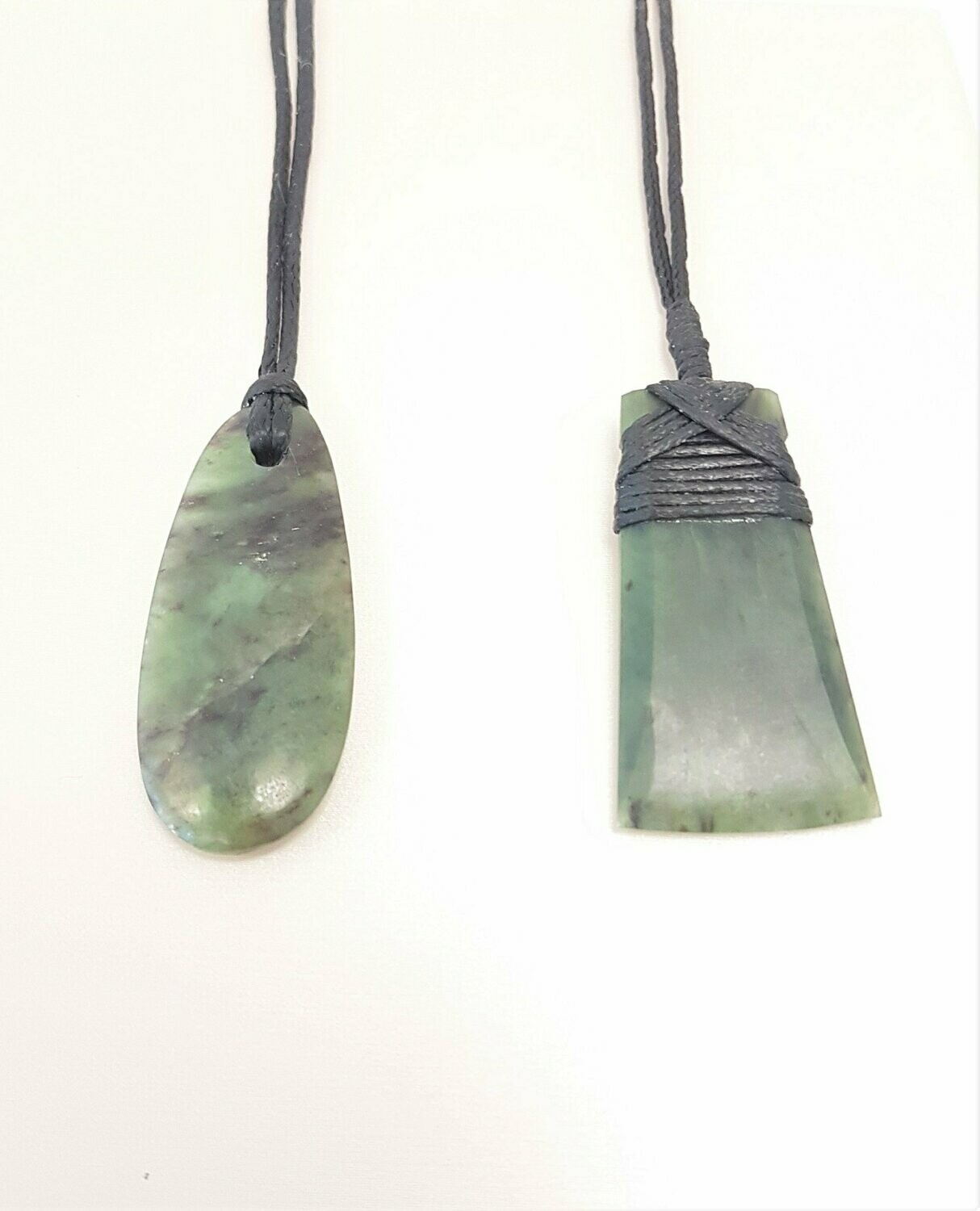
Now the last thing to do is to link these two components (symbol and lines) in to one and give it a name so that it can be selected from the primary tools.Īnd again give this compound component a name (my new line)Ī compound component can be made up of many stroke and symbol components (in our case – mypoint and mystroke) (Don’t worry if you do not see anything yet) Now choose the symbol we created earlier (mysymbol) and click OK. We know the symbol goes in the gap so click on the GAP, and choose the SELECT button at the bottom of the dialog box. You will now see it appear in the dialog box. Select the one we created earlier (mystroke). Now lets define where it goes, chose the BASE STROKE PATTERN button, as it needs to know which gaps and dashes to work with. This creates a new point component, which again you can rename to suit you (mypoint) Next lets define where the symbol should go in our custom line. Then choose an origin for the symbol, you will see a message: (where mysymbol is the name of the new symbol),

This is protection against the possibility that the font used when creating the linestyle may not be present when the linestyle is used in the future. Key-in to drop the text to individual elements. When using text as the point symbol, it is recommended to use the Drop Element tool or DROP TEXT This is done using MicroStation keyins and commands, so we can move the Linestyle editor to one side for now.Īs ours is a simple X, place an X of height and width 1 in the design file with justification center center.

Now that the gaps and dashes of our line have been set, let’s create some symbols to put in the line. Value of 2 (and enter), this is now our gap of 2 units. Now to define the gap, select it from the graphic and give it a length Then, to define their size and if they are gaps or dashes, click on the first one, then in the length field give it a size of five (then enter) then chose the stroke type option and chose “DASH” Call it mystroke,Ĭlick on the ADD button to add on two basic gaps. This will insert a new blank stroke pattern, which we will give a name to by entering it in the field below the list of components. The stroke pattern (dashes and gaps) and the points (symbols)įrom the Edit menu on the Linestyle editor, choose STYLES is the name you give your new line and is what you will see in the primary tools box when choosing your line.ĬOMPONENTS are the ‘bits’, which go to make up your new Linestyle. There are two main sections to this dialog – “Styles” and “components”. Now that the Linestyle editor is open, lets create a new resource file to store our components, (this should be kept in the same directory as the other rsc files unless you point your configuration variable to find it)įrom the fie menu on this dialog, choose NEW, to create a blank resource To start we must call up the edit custom line style dialog from So we must define all of the above components. We only need one solid dash here, as it will repeat itself after the This is made up of a length 5-unit line, a 2-unit gap and an X symbol. It is best to sketch a rough outline of what you want your line to look

#Mysimbl cant drop bundle series
This is the best way of doing this with out doing it completely from Scratch.ĭerval Canny, Bentley Technical Support GroupĪ custom line can be made up of a series of user-defined dashes (stroke pattern), a series of symbols at defined intervals (point symbols), or a combination of the two.Ī stroke pattern component is made up of solid “DASHES” and blank “GAPS”, all of which sizes (in master units) are defined by the userĪ symbol is similar to a cell and again is defined and created by the user usually before the custom line style is created.Ī simple line style could be a dashed line with an X symbol in the gap. There is no utility that will automatically convert it from one measurement to the other. Then remove the old point symbol with the new one. The next step would be to create a new point symbol using a file that is using Imperial units. You will need to change the dash and gap sizes accordingly. Using the custom linestyle resource manager copy the existing linestyles into a new resource file.

The size of the symbol is dependent on the original size. We need to globally scale all of the linestyles from metric to imperial. Is there a way to do this without recreating the linestyle resource file? Solution The point is imported with a fence through MicroStation. Some linestyles can be converted with not much problems, such as a single line with dashes and gaps. Looking for a way to convert a custom line style library from metric to imperial units. Converting Linestyles from Metric to English


 0 kommentar(er)
0 kommentar(er)
